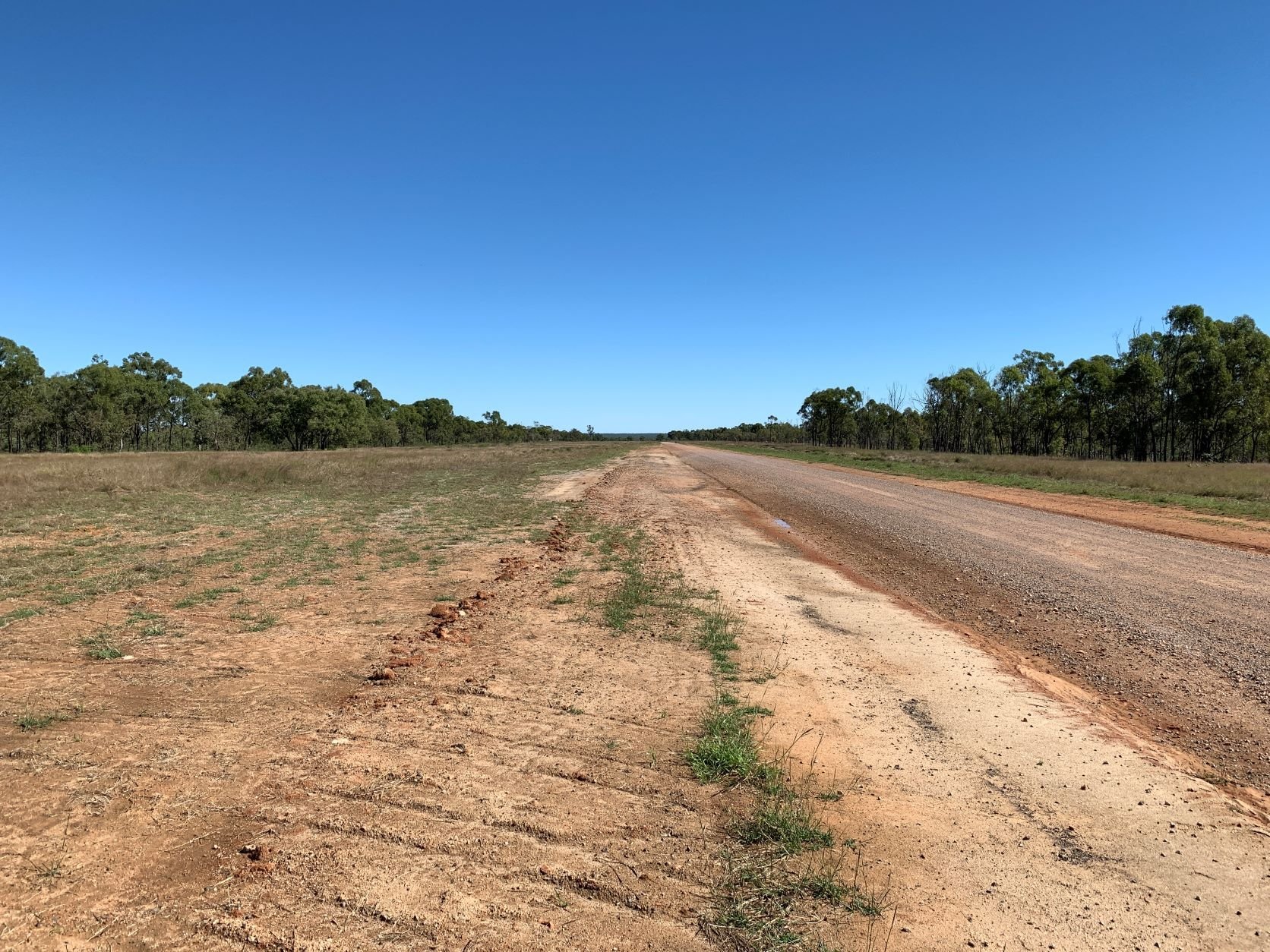Blogs
Cairns War Cemetery is a small cemetery but is the final resting place of two of Australia’s great generals of WWII. Along with five others, they all have the same date of death. So what happened?
For those who may have had relatives who served in the army during WWII or even if you have done some research, you would have come across a person’s service number. This number was unique to WWII. So, what did it all mean?
Five kilometres west of Kanchanaburi, is the Chungkai War Cemetery. It is the smallest of the three cemeteries which are the final resting place of those POWs who died while working on the Burma-Thailand Railway. Read the fascinating story of this little known, seldom visited but important part of the Railway story.
October 2024 marks the 82nd anniversary of the ‘official’ start of construction of the Burma-Thailand Railway. Something that would be an engineering success but resulting in the needless loss of so many lives.
On a cold winter afternoon on the 21st May 1945, as World War II was coming to an end, a massive explosion killing 26 soldiers, rocked the Kapooka Training Area near Wagga Wagga. It became known as the “Kapooka Tragedy” and is the Australian Army’s largest loss of life in a training accident.
"War is a man's business"!! It was indeed true in 1914 and no women were to be found on the front line. But by the end of WWI, about 90,000 women, from the British Empire, had volunteered as nurses. More than 3,000 were Australians and about 550 were from New Zealand.
The massacre of 21 Australian nurses on a beach on Bangka Island, following the sinking of the SS Vyner Brooke, had everyone outraged. But the sinking of the Vyner Brooke was not an isolated incident. In an operation that would be described as Singapore’s ‘Dunkirk’, the incompetence of the British led Allied High Command in Singapore was evident and many people died as a result.
By mid 1942, the Battles of the Coral Sea and Midway had been fought and won against the Japanese. It was to be the turning point in the war but that was unclear at the time. In Australia, several airfields were being constructed between Townsville and Charters Towers in North Queensland. However, 18 months later, they were nearly deserted. Fanning Airfield was built but never used.
On 14 February 1942, Valentine’s Day, the British Military Hospital Singapore found itself in no-man’s-land as the British troops retreated in the face of the rampaging Japanese army. 900 soldier-patients lay in bed, awaiting their cruel fate, in those few hours just before the Fall of Singapore in what became known as The Alexandra Hospital Massacres. Wounded Gunners Fergus Anckorn and Dick Lee, both of the Royal Artillery, and Pte Alex Drummond, AIF, lived to tell their tale.










